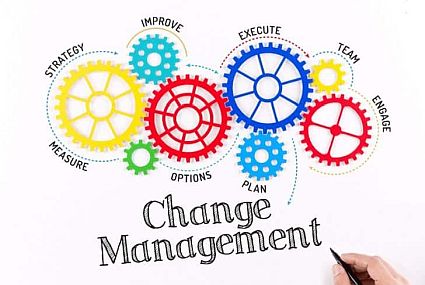Discovery and qualifying are critical to sellers. We use discovery to understand the customer’s needs, problems, requirements. We use discovery to understand the capabilities they seek in looking at solutions. We use discovery to understand their budgets, the alternatives they are considering, their knowledge of and interest in us, how they will make the decision, and when. Our focus on discovery is making an assessment, “Does the customer have needs and requirements that our products address, do we think we might have a strong possibility of competing and winning.
Qualification enables us to understand that the customer is committed to making a change and they have a strong interest in our solutions.
Discovery and qualification are critical to our ability to choose the right deals and win. We don’t win deals by how well we close the customer, we actually win deals by the quality of our discovery and qualification.
While we do use the discovery process as a way to begin educating the customer about our offerings, most of that work is done in proposing. But sometimes, during this discovery process, the customer learns something about our capabilities and may shift their requirements a little.
But the primary focus of sales discovery and qualifying is to serve the seller, providing them the information they need/want to provide a proposal to the customer.
But what about the customer? Don’t they need discovery and qualifying? Are the goals customers seek to achieve in discovery and qualifying the same that sellers have? Is it just the other side of the coin?
If we think of what the customer is going through, their primary purpose in not making a product/solution selection. Their goal is a change initiative, whether addressing an opportunity or solving a problem. Their discovery and qualifying process is all about a change initiative. And it continues through buying and implementation. Ours is, usually, all about optimizing a product selection process.
What they seek to discover includes, “What is the problem/opportunity we are assessing? Why should we be paying attention to it? What if we do nothing? Is it important enough that we invest time/resources in considering this? Who needs to be involved in assessing this change effort? What do we need to know about how we currently address these issues? What do we need to learn about how others deal with this? What questions should be be asking ourselves about this? What do we need to do to get management support for this project? What is our project plan? When do we want to make a decision about future directions? When do we want to begin implementing a change? What are the risks, we must consider? How do we fit this initiative into our other priorities?”……….. And at some point, “Now that we understand what we are trying to do, what are we looking for in solutions…..”
And their qualification is, “Is this the right time to do something? Do we have the organizational and management support for our work effort? Do we have the resources we need to do this project? Should we be taking action on this, what happens of we don’t?”
And we know our customers struggle with these issues. Doing this is far outside their responsibilities for their day job. It’s something they may have never done. And they need help.
But we, sellers, too often miss that opportunity. Customers undertake their discovery and qualifying processes long before considering solution alternatives/choices.
What if we started helping our customers with their discovering and qualifying processes? Imagine the value we might create in helping them early in the process, helping them navigate the project. Imagine how doing this might facilitate our discovery and qualifying when that part of the process arises.
There is a difference between customer discovery/qualifying and sales discovery/qualifying. As sellers, we must pay attention to both.

Leave a Reply